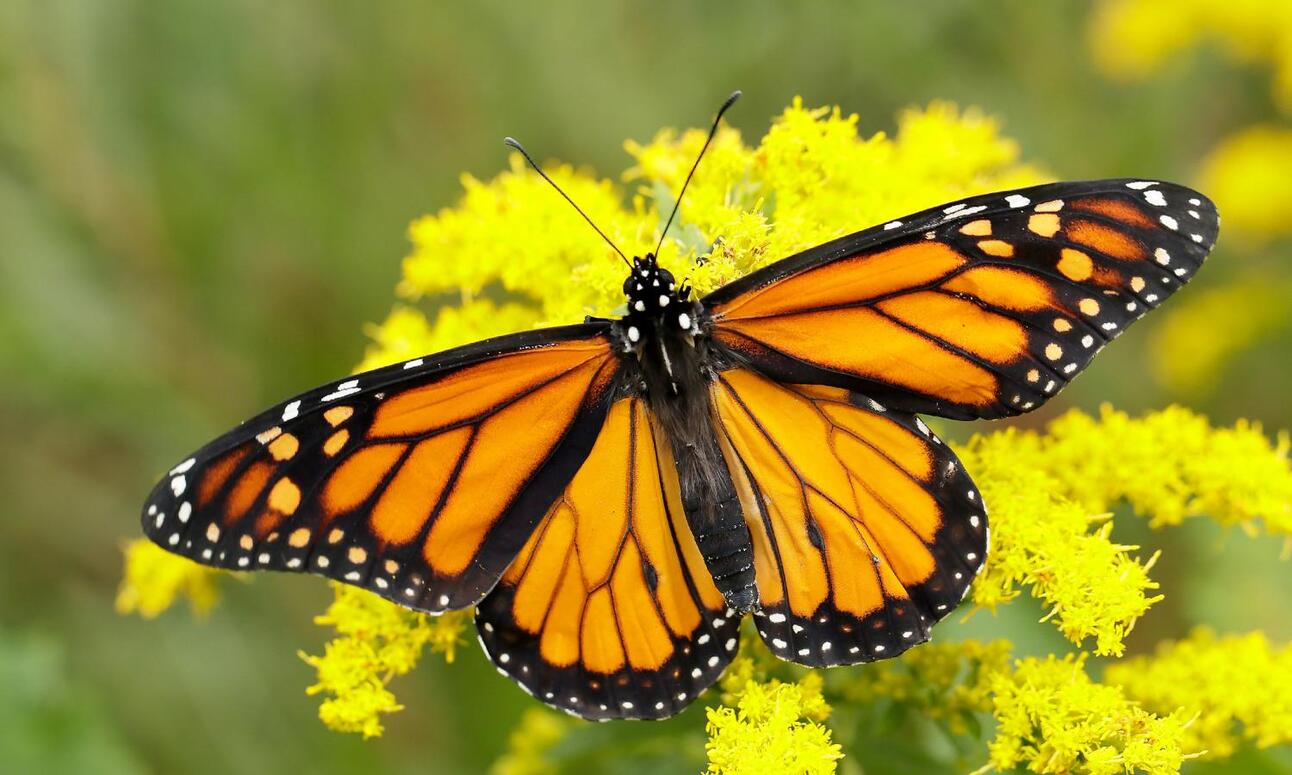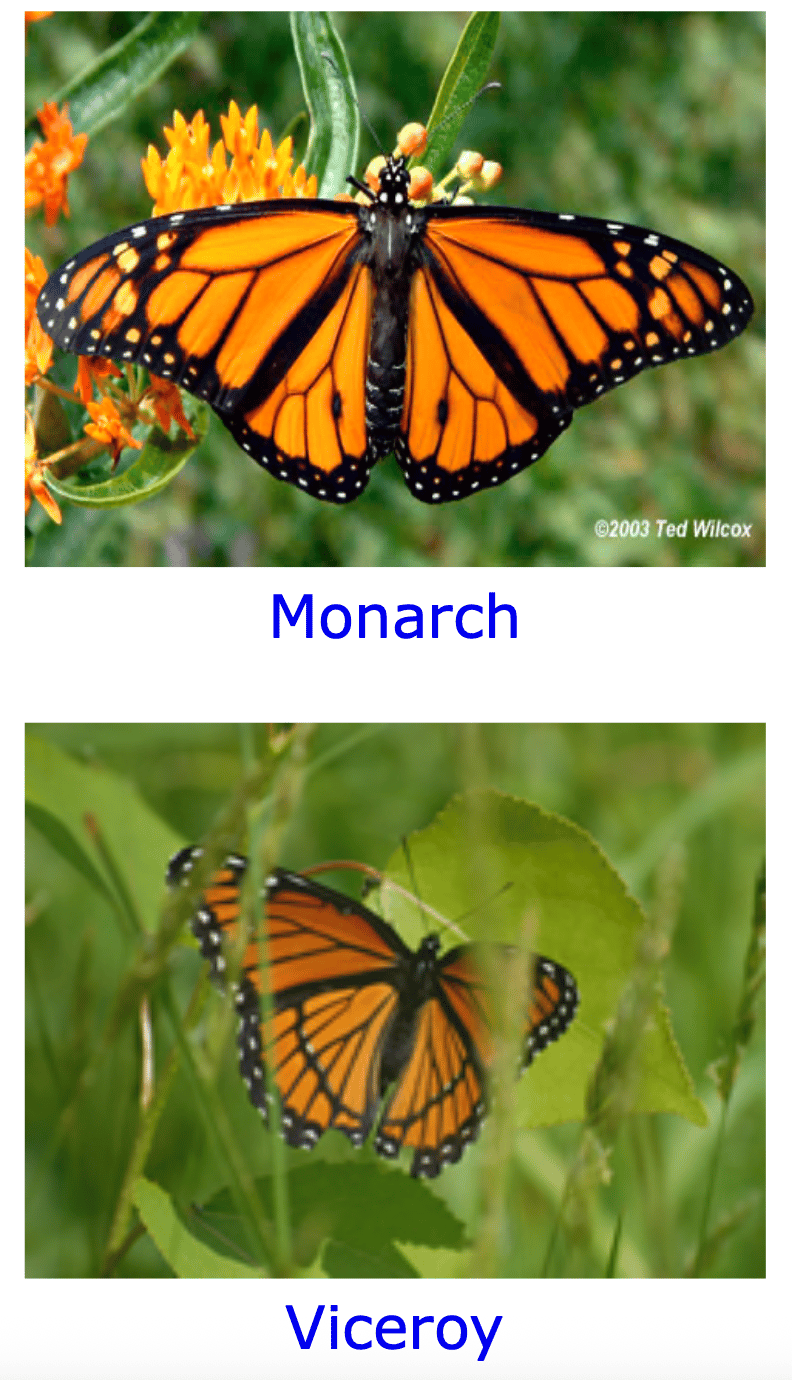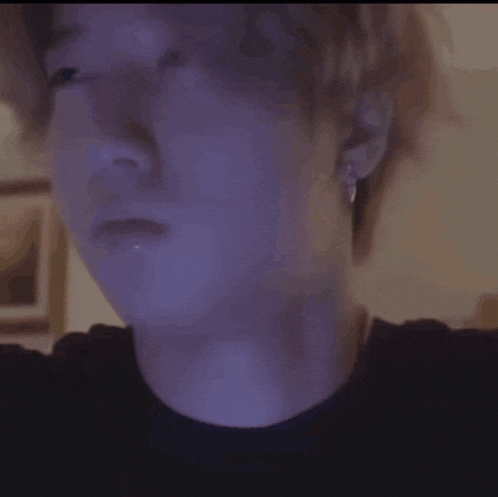- UniScoops
- Posts
- Aposematism and Mimicry 🦋
Aposematism and Mimicry 🦋
PLUS: A Century of Bollywood, Biggest Problem in Computer Science, and The Geological Sublime ⛰️
I wake up every morning at nine and grab for the morning paper. Then I look at the obituary page. If my name is not on it, I get up.
Hey, welcome back to UniScoops! Think of us as the academic equivalent of finding the matching sock straight out of the dryer… pure satisfaction.
Here’s a taste of what we’re serving today:
Aposematism and Mimicry 🦋
PLUS: A Century of Bollywood, Biggest Problem in Computer Science, and The Geological Sublime ⛰️
BIOLOGY
Aposematism and Mimicry 🦋

Conspicuous on purpose: bright colours tell predators, ‘Don’t eat me.’
There are many signals animals can use with each other to communicate a wide scope of information. One such method of signalling is known as aposematism, which is what many prey species use to conspicuously identify themselves to predators as difficult to kill and eat. This is an example of predator avoidance.
Animals that have evolved to use aposematism are very brightly coloured. For example, monarch butterflies have evolved to have very brightly coloured wings: resplendent orange hues set against a dark background. This makes them obvious to predators and signals they should not be eaten, as it will not be a pleasant snack.
Aposematic animals quite often evolve to aggregate as well, which is theorised to be because predators quickly learn to associate their bright colour patterns with toxicity and thus stop eating them. The evolution of aposematism also allows for the evolution of mimicry, whereby mimic species can evolve to look like model aposematic species.
💡 Things to consider
Mutual Benefit: In keeping with the monarch butterfly example, viceroy butterflies are a species which exploit predator associations of monarch butterfly markings and toxicity to their own advantage. By mimicking the monarch butterfly, they can signal their own distastefulness to predators and reinforce the honest warning signal, helping naïve predators learn more quickly and mutually benefiting both species. This is known as Müllerian mimicry. Can you think of any advantages of engaging in Müllerian mimicry? What selection pressures do you think would cause this type of mimicry to evolve between two (or more) species?

Lookalikes with shared defences: Müllerian mimics reinforce each other’s warning.
Cheating the Signal: Batesian mimics cheat the system and mimic distasteful species while they themselves have no secondary defences (such as toxins or spines). They essentially piggyback off the honest signals broadcast by aposematic species. The effectiveness of Batesian mimicry is dependent on the abundance of the mimic species relative to the model species. Knowing this, how do you think the effectiveness of this signal will vary if mimics become more or less abundant compared to model species? How would the abundance of mimic species respond? And how might changes in the abundance of the model species affect mimic species, especially in the face of climate change?
Why Bright Colours?: As mentioned, aposematic animals tend to be very brightly coloured. Why do you think it is important that aposematic signals have evolved to use bright colours? What aspects of predator physiology and psychology do you think this targets?

Bright colours: hard to ignore, just like an email from UniScoops
🔎 Find out more
Smith, J. M. & Harper, D., 2011. Animal Signals. Oxford: Oxford University Press.
The Writers at National Geographic Education, 2023. Camouflage. [Online] Available at: https://education.nationalgeographic.org/resource/camouflage/

🍒 The cherry on top
🎬 A Century of Bollywood: In this lively episode of You’re Dead To Me, Greg Jenner is joined by Professor Sunny Singh and broadcaster Poppy Jay to trace the dazzling history of Indian cinema. From the first silent film in 1913 to today’s billion-viewer blockbusters, the episode dives into how Bollywood has evolved — and how it has reflected and influenced Indian society and politics. A must-listen for fans of Film Studies and Asian and Middle Eastern Studies.
🧩 Biggest Problem in Computer Science: This animated explainer unpacks one of the most profound unsolved problems in computer science—the P versus NP problem. From Alan Turing’s foundational theories to modern circuit complexity and cryptography, the video traces how this theoretical riddle could either unlock breakthroughs in AI and medicine—or bring down the internet as we know it. A thought-provoking watch for students of Computer Science or Mathematics.
⛰️ The Geological Sublime: This essay from Lewis Hyde explores our human relationship to geological and evolutionary time through earthquakes, butterflies, and climate change. It blends the awe of witnessing species decline with reflections on the minds of Darwin and Lyell, the myth of the Great Year, and what it means to “see” time. Essential reading for anyone interested in Philosophy, Geography, and the Philosophy of Science.

👀 Keep your eyes peeled for…
Wednesday 16th July
Thursday 17th July
Monday 21st July

🗳️ Poll
How was today's email?We'd love to hear your feedback! |
That’s it for this week! We’d like to thank this week’s writer: Oliver Eyre.
💚 Like UniScoops?
Forward this edition to someone who’d love to read it for extra kudos!
📢 Want to tell us something?
Reply to this email to tell us what you think about UniScoops, or to give us any suggestions on what you’d like to see.
🧐 New to UniScoops?
Get your weekly fix of academia with our fun, thought-provoking newsletter. No jargon, no fluff, just the good stuff. Subscribe today.

Reply